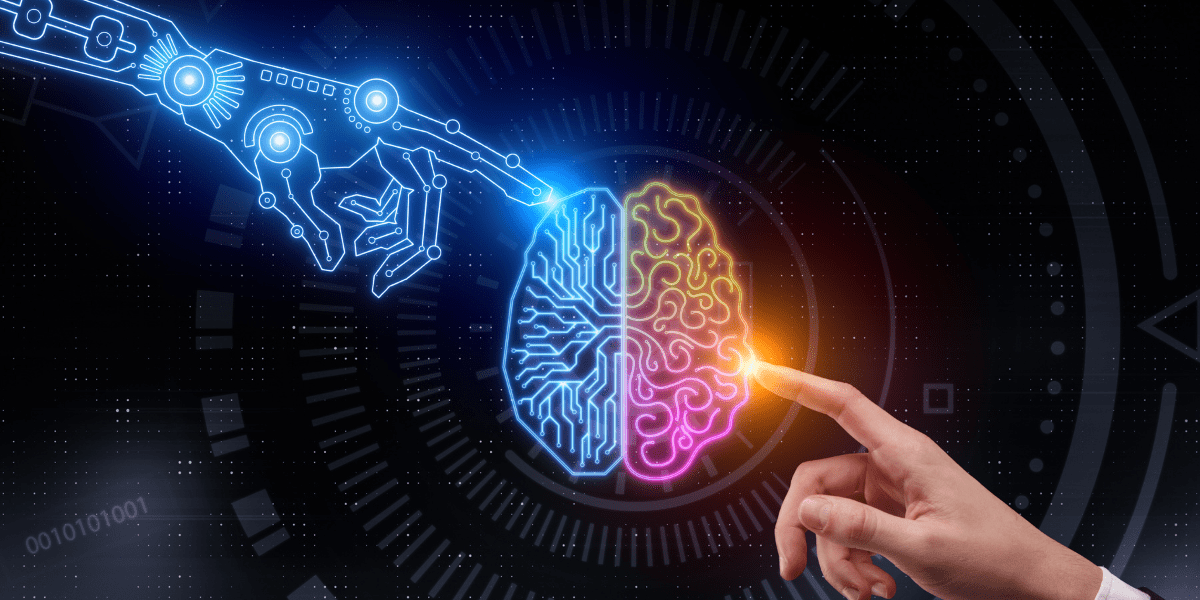Sustainability is a very top-of-mind topic for most companies globally. It is being talked about, and there is increased focus and attention.
Artificial Intelligence (AI) has emerged as a transformative force with the potential to revolutionize the global supply chain and its sustainability mission, including the power to serve as a co-pilot to help operations and customer service organizations do their jobs better. It has been over 15 years since the beginning of the supply chain sustainability era, kicked off by Walmart’s then-CEO Lee Scott.
Is this becoming a growing priority? And what is driving the renewed focus?
The effects of key global events throughout the last few years, such as the war in Ukraine and the energy crisis, are just a few of the many real-world examples of major disruptions that impacted the entire world. The COVID-related pandemic had become a catalyst and an accelerator in 2020. Companies started analyzing the situation and driving internal initiatives. Initially, it took a back seat, but now, in 2023, it is being taken up with more energy and gusto. Customers are helping drive it. Especially the younger customers have become much more sensitive and demanding. Across the board, customers have become much more informed and socially responsible about environmental sustainability and related matters.
Young employees are looking at companies’ priorities on environmental matters when they are looking for jobs today. It is a worldwide phenomenon. What are you contributing to sustainability? Investment communities and regulators are all contributing to this as well. Multiple angles are coming together to drive the changes globally.
The question is: how can one utilize technology to enable solutions that address these concerns?
Artificial Intelligence, Blockchain, etc. are maturing to provide cognitive abilities that help companies shift from “old decision-support mechanisms to “new decision-making” mechanisms, which is revolutionary.
These are cognitive engines that provide collective intelligence that is no longer decision support but makes decisions on your behalf. The amount of waste and inefficiencies is reduced drastically. The added impetus to address issues of sustainability, carbon footprint, etc.
Across industries, this is becoming a priority, and the surge of investments in these augmenting technologies is prompting a revolution.
The key takeaways from these past-year patterns are that most of what we term “Unforeseen” is actually not “unforeseen.” We pretend that it is “Unforeseen”. There is always a kind of similarity when disruptions occur, be it any form of natural disaster like a flood, fire, earthquake, volcano, or pandemic. The big question has always been, “are we learning?” So, we don’t repeat the same mistake. Now technology is enabling machines and systems to learn through the Machine Learning (ML) process, which is allowing machines underpinned by technologies to model this. In the future, they can take better decisions on behalf of us, as most of these disruptions will be based on all the data available in the world to help them make informed decisions. These systems take actions on our behalf, making them truly cognitive.
Although companies remain at the forefront of innovation, it is also important to note that human decision-makers and experts play a crucial role in evaluating and implementing the suggested actions of Artificial intelligence (AI) and Machine Learning (ML). They bring their expertise, contextual knowledge, and judgment to make informed decisions based on the AI-generated insights and recommendations.
Now, what will separate the leaders from the laggers?
It’s safe to assume that, at some point during their day-to-day journey, most stakeholders are working from confusing, conflicting, inaccurate, and out-of-date information. It cannot be actionable. It derails quality. And it puts teams into firefighting mode. By implementing an AI or ML system, they will dramatically improve their operations. Ultimately, the end goal for most organizations is to provide a great user experience to consumers and show that they are responsible organizations concerned about sustainability goals. I have just managed to scratch the surface of the topics in this article. There are so many different dimensions and elements to it.
Certainly, what I have stated above is a snapshot of what we see as a global phenomenon. You can see that Sustainability is a priority for people worldwide, be they organizations or individuals, and they all want to get it right! No one wants to run the risk of missing a change, especially if the consequence of not making the change is costly delays and errors. AI and ML help to solve the endemic problems of miscommunication, siloed information, and a lack of actionable data for well-informed decision-making. Resiliency in such a case will be truly embedded into the digital framework with advancements in technologies. Yet, it is important to pressure-test these assumptions. The world’s events are offering us enough opportunities to do so. We need to have a dedication to innovation and a belief in the difference R&D can make in our lives.


